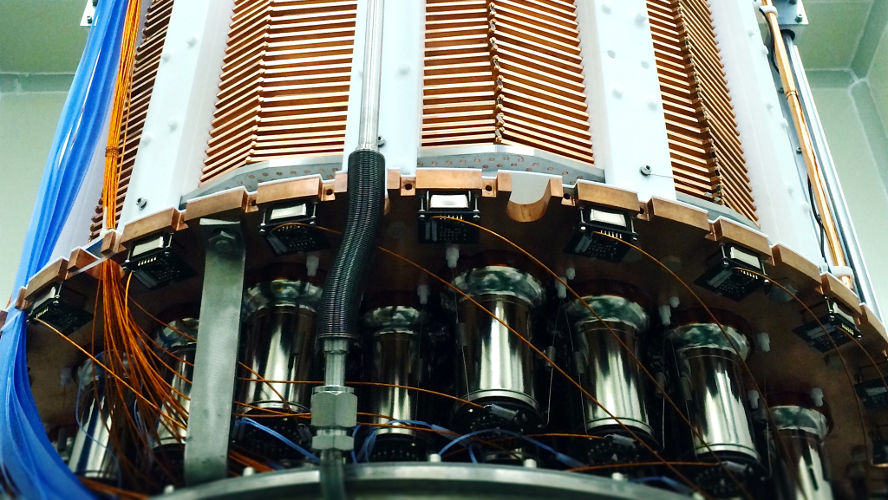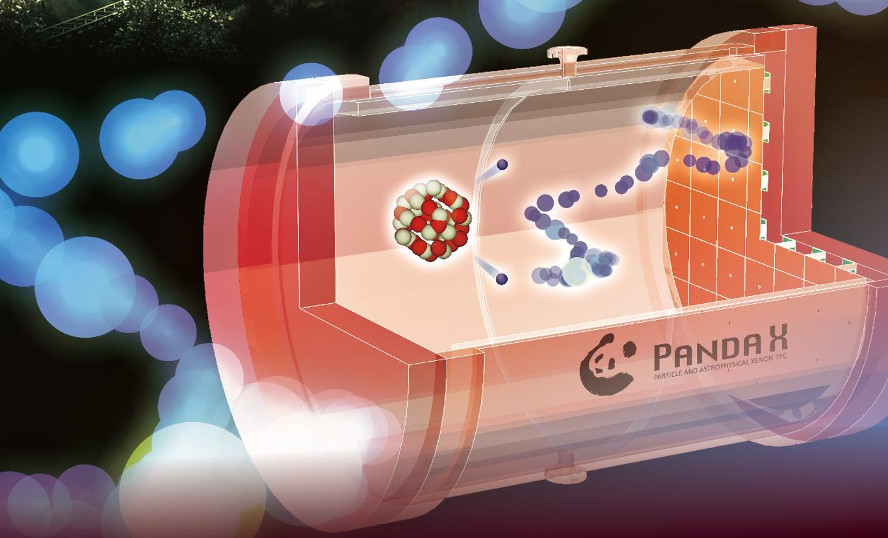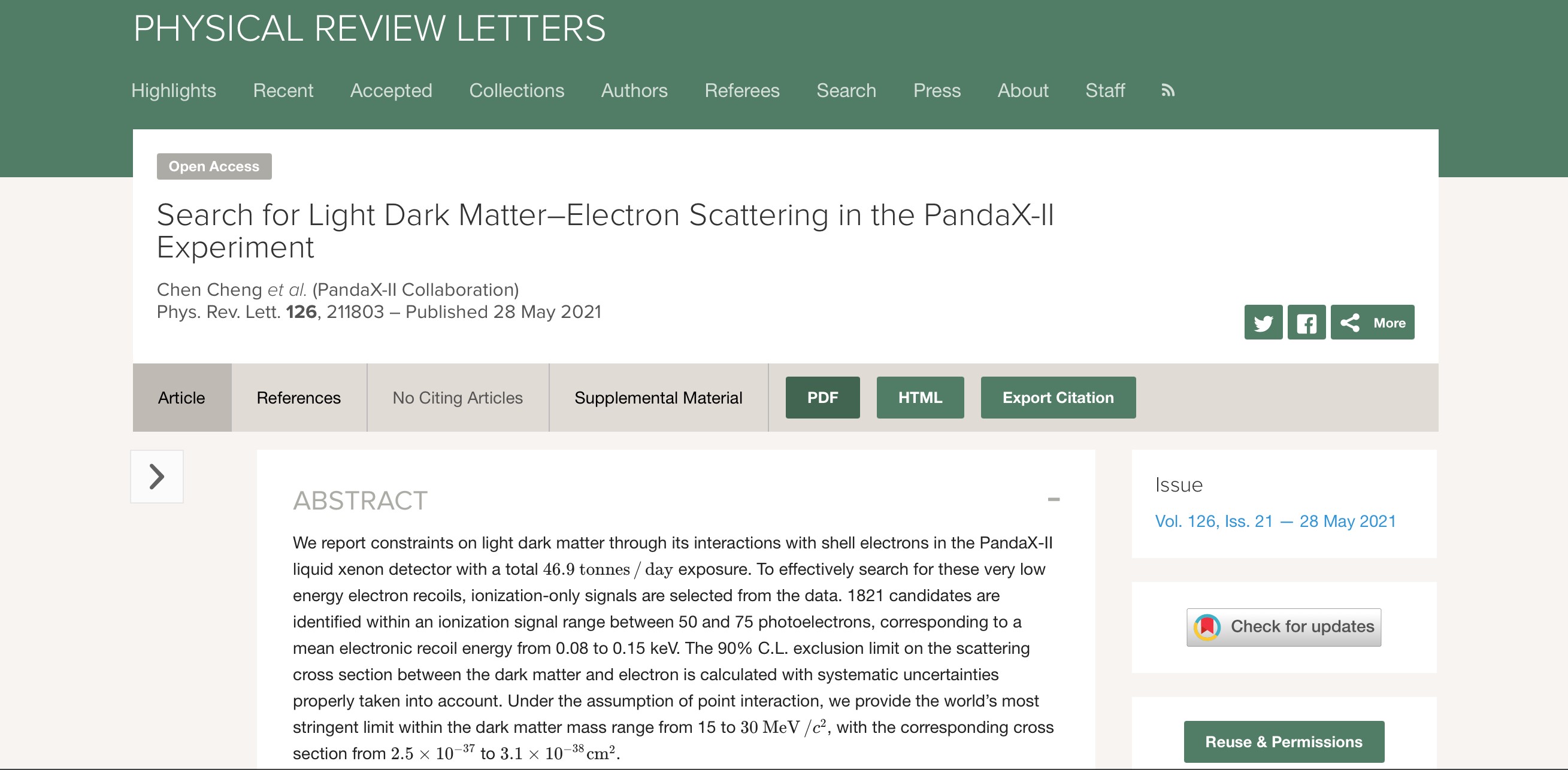On December 24, 2021, the first dark matter search result from PandaX-4T, a liquid xenon detection experiment, was published in Physical Review Letters as the "Editor's Suggestion" [1]. The American Physical Society 《Physics》 reported this PandaX-4T latest result together with another result from the Axion Dark Matter Experiment with a title of "Tightening the Net on Two Kinds of Dark Matter"





